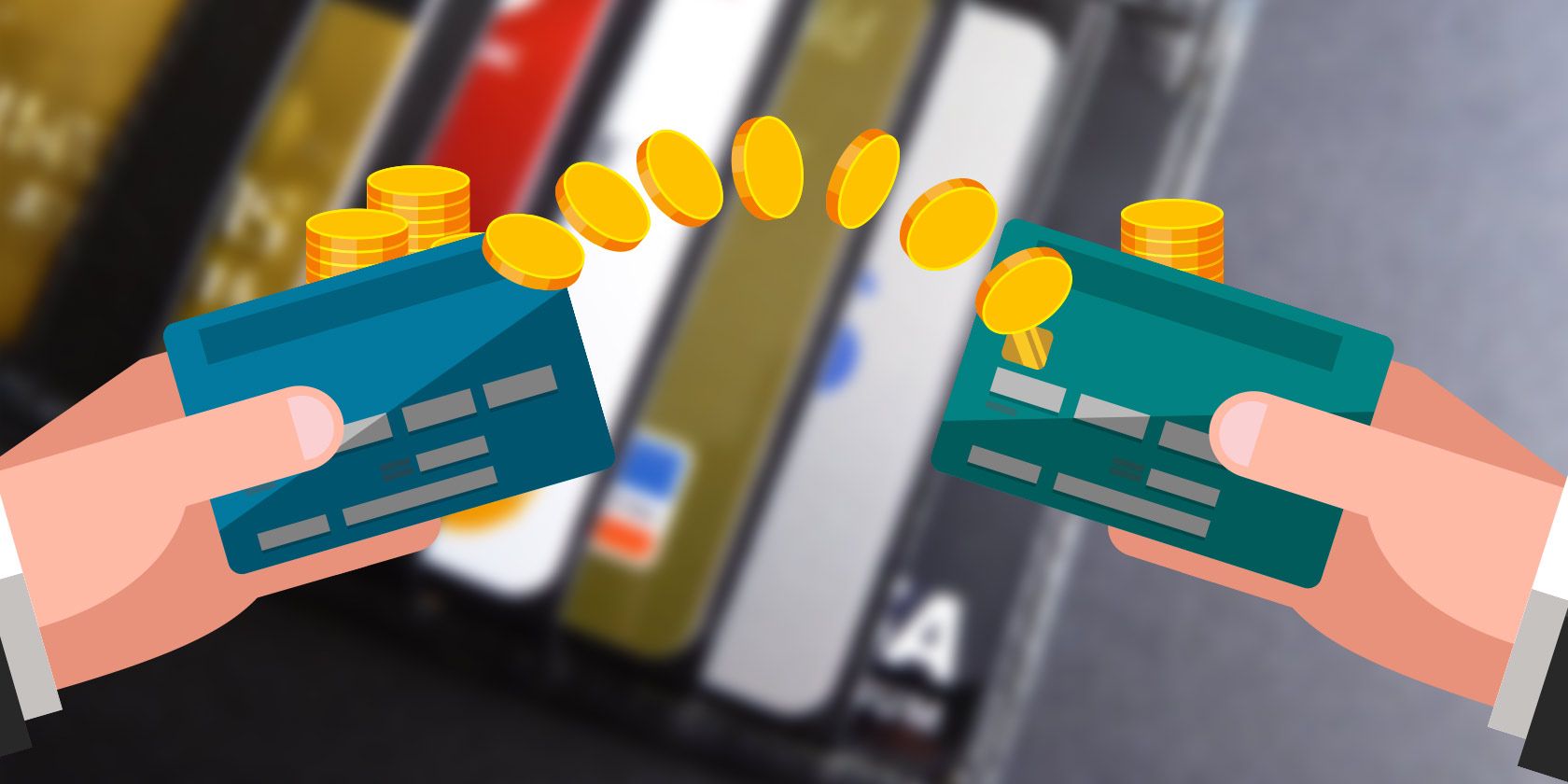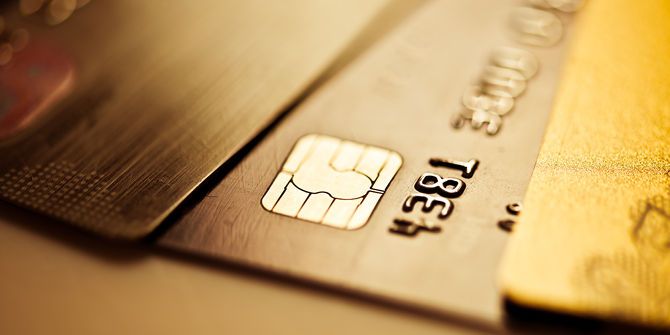Credit card debt is killing America. There so many things to buy, and the problem is made worse by all the cards with tempting reward programs that entice us to spend just a little more . . . and it's too easy to rationalize such purchases.
I've had to deal with this problem myself. Now that I'm free of credit card debt, though, I wouldn't have it any other way. (Check out my post on how I got out of debt fast for tips and tricks you can use.)
If you're drowning in credit card debt and feeling like your monthly payments aren't putting a dent in what you owe, then a credit card balance transfer may be the breath of air you so desperately need.
What Is a Balance Transfer?
A credit card balance transfer is exactly what it sounds like -- you take the balance from one credit card and transfer it over to another credit card. There are three massive benefits to doing this, but three drawbacks to know about as well.
Pro: Interest-free introductory rates.
Some credit cards have a promotional period starting from the moment your application is accepted, and this promotional period might include a 0% interest rate for all balances transferred to the card. Promotional periods usually last from six to 18 months.
This is immensely useful for paying down debt. Normally, a monthly payment of $250 might only apply $100 to the principal while the other $150 goes toward accrued interest for the month. With a 0% APR balance transfer, the entire $250 payment would go towards the principal. Over one year, that's an extra 12 x $150 = $1,800 of debt paid down!
Pro: Lower interest rate.
If you aren't eligible for an introductory 0% APR, a balance transfer can still be helpful. Shifting your debt to a card with a lower interest rate, even if the difference is only a few percentage points, can make a big difference. It all adds up!
Imagine you have a $5,000 balance on a 24% APR card. If you made minimum monthly payments of $150, it would take 24 years to pay off and you'd end up spending $9,300 on interest alone. But if you move that $5,000 balance to an 18% APR card, the minimum monthly payment would be $125 -- it'd still take 23 years to pay off, but you'd only spend $6,900 on interest. An effortless savings of $2,400!
Pro: Debt consolidation.
If you have $5,000 in credit card debt spread over six different cards, a lot of your stress may come from the fact that you're managing six separate bills every month. And considering how easy it is to open up a Macy's card, Lowe's card, Apple card, and so on, this chaotic situation is more common than it should be.
You can get around this by designating a single credit card and transferring all of those separate balances to it. One bill payment. No more headaches. And again, if the interest rate on that card is lower, you'll effortlessly save hundreds on interest.
Con: Balance transfer fees.
Usually cards will provide no-fee transfers during the introductory period, but not always. When the introductory period ends, you'll probably have to pay anywhere from 1–5% on the total balance being transferred. It isn't a lot, but it's significant enough to think about.
Con: Retroactive interest.
Read the fine print carefully. Most cards stipulate that if you don't bring your balance down to $0 by the end of the introductory rate, you'll be charged retroactive interest -- you'll be responsible for all of the interest that you would've accrued if the introductory months weren't 0% APR.
Con: Credit score damage.
If you apply for a new card, you'll take a two-year hit on your credit score for every application you send in (because credit card applications involve a "hard" credit inquiry).
And if you consolidate all of your debt onto one card and the balance ends up being more than 30% of the card's total available credit, this will negatively impact your score until you can bring it down below 30%.
Finding Credit Cards for Balance Transfers
If you've gotten this far in the article and you're realizing that a credit card balance transfer could actually work out quite well for you, great! As long as you're ready to face and manage the cons listed above.
But that leads to another question: which credit card should you get? You could use one of your current cards, but if you're trying to pay down debt fast, you won't want to miss out on those beautiful introductory offers -- and that means signing up for a new card.
The main thing to keep in mind is that you should look for a card that has great benefits other than the balance transfer itself. Look for things like no annual membership fees, good cash back rates, fraud and identity theft protection, and extended warranties on electronics.
Note that there are dozens of cards out there with great balance transfer offers. Only you can decide which one is right for you, depending on factors like your credit score. That being said, here are a few of our recommendations:
- Discover it Card -- 18-month introductory period with 0% APR and 0% fee on balance transfers. No annual membership fee. 1% cash back on all purchases, along with 5% cash back on a revolving set of retailers (e.g., Lowe's or Amazon.com). Recommended credit score: 690.
- Chase Slate Card -- 15-month introductory period with 0% APR. 0% fee on balance transfers during the first 60 days, then $5 or 5% of the transfer amount (whichever is greater). No annual membership fee. No cash back or rewards. Recommended credit score: 720.
- Citi Double Cash Card -- 18-month introductory period with 0% APR only for balance transfers. No annual membership fee. Effective 2% cash back on all purchases. Recommended credit score: 680.
Not happy with any of these? Check out these online resources for finding the best credit cards and you'll be well on your way towards the right card for you.
Other Good Credit Card Habits
Remember, a balance transfer is only useful if you're actively paying down your debt. This means learning to not waste money online and not overspending on non-essential gadgets and devices. It also means learning to avoid buyer's remorse.
And as always, credit card usage always comes with the risk of credit card fraud, especially if you're using your credit card for online purchases, so be careful out there!
Are you considering a balance transfer? What's been the toughest aspect of your struggle with consumer debt? Have any other tips to add? Let us know in the comments below!
Image Credits: Elena Abrazhevich/Shutterstock




